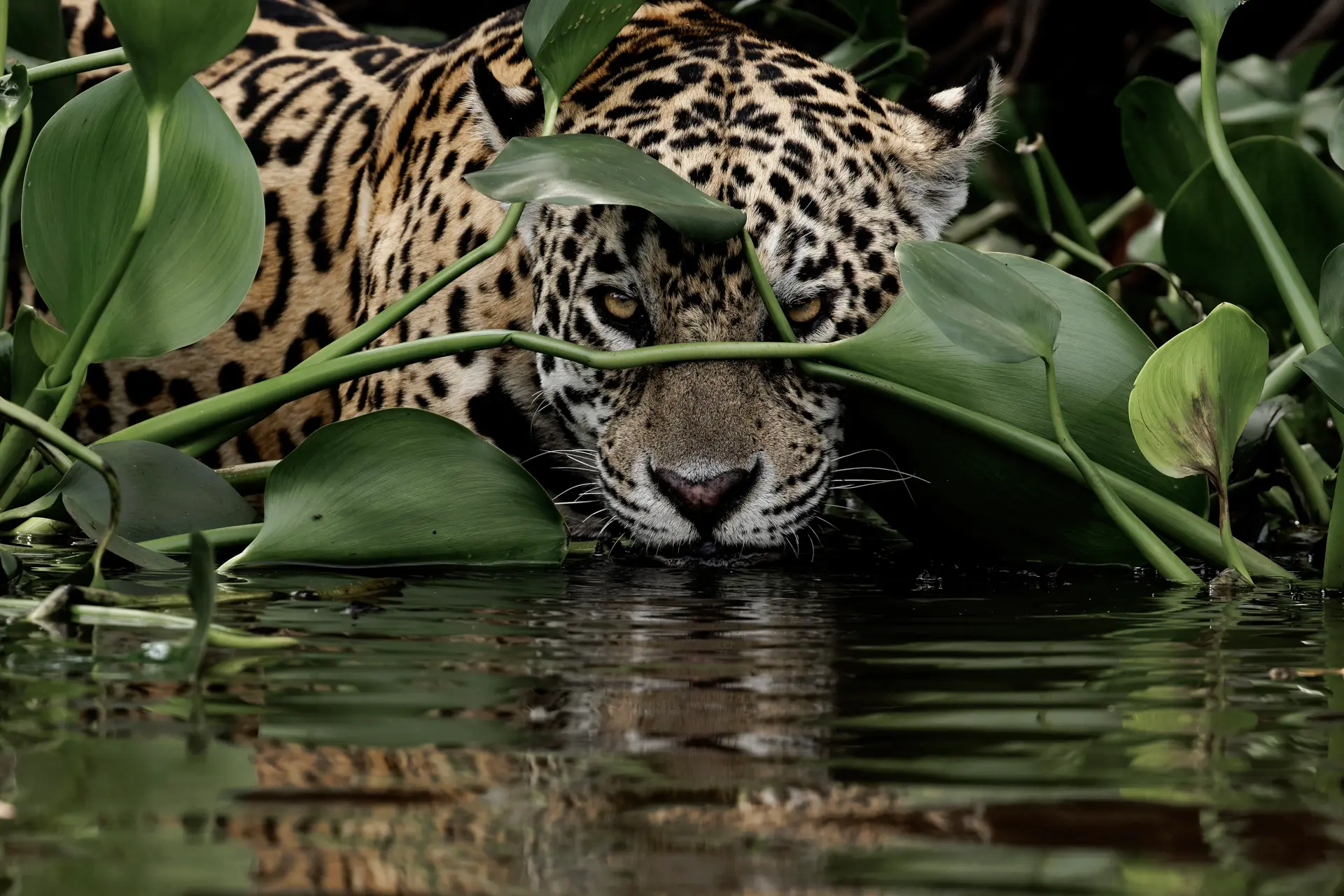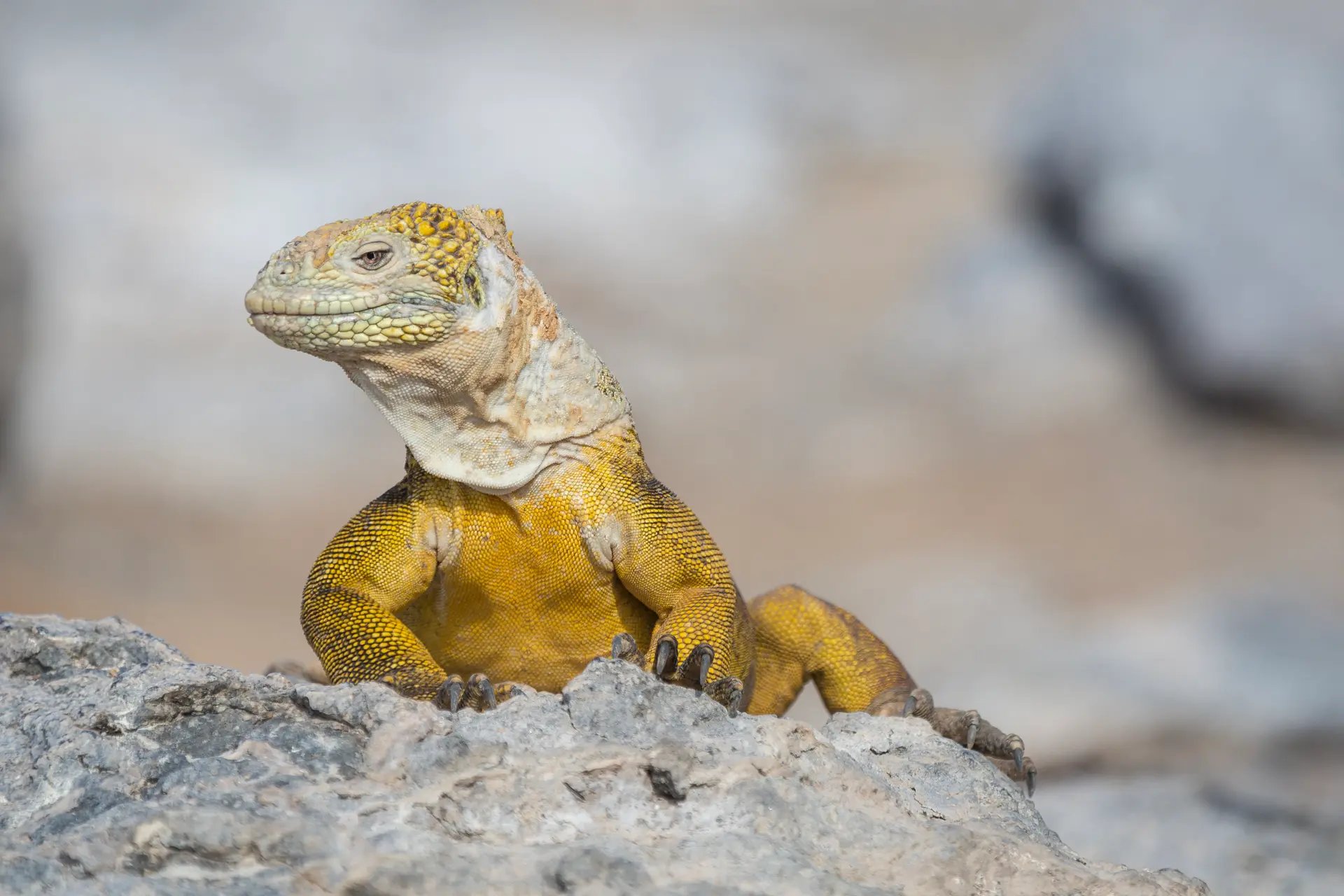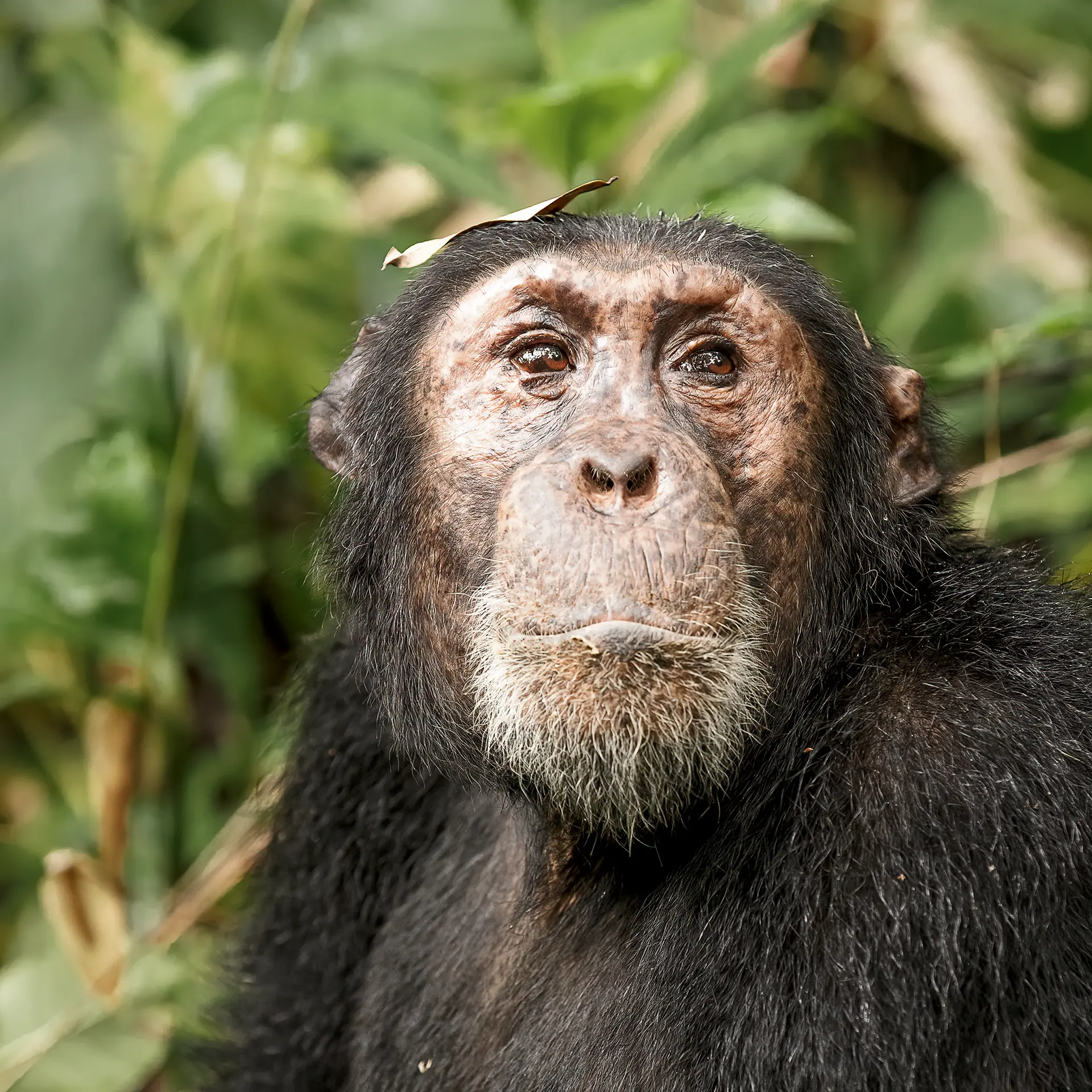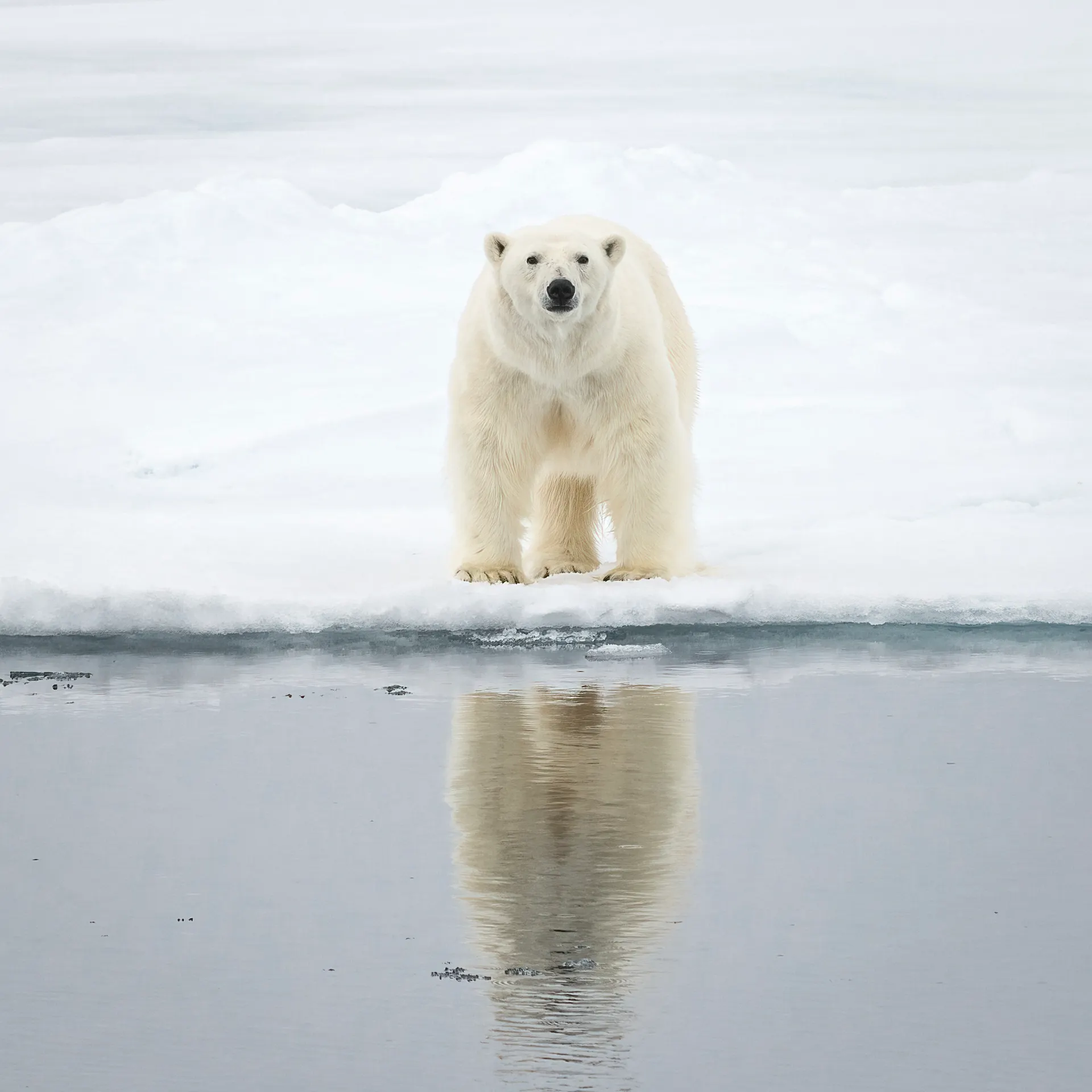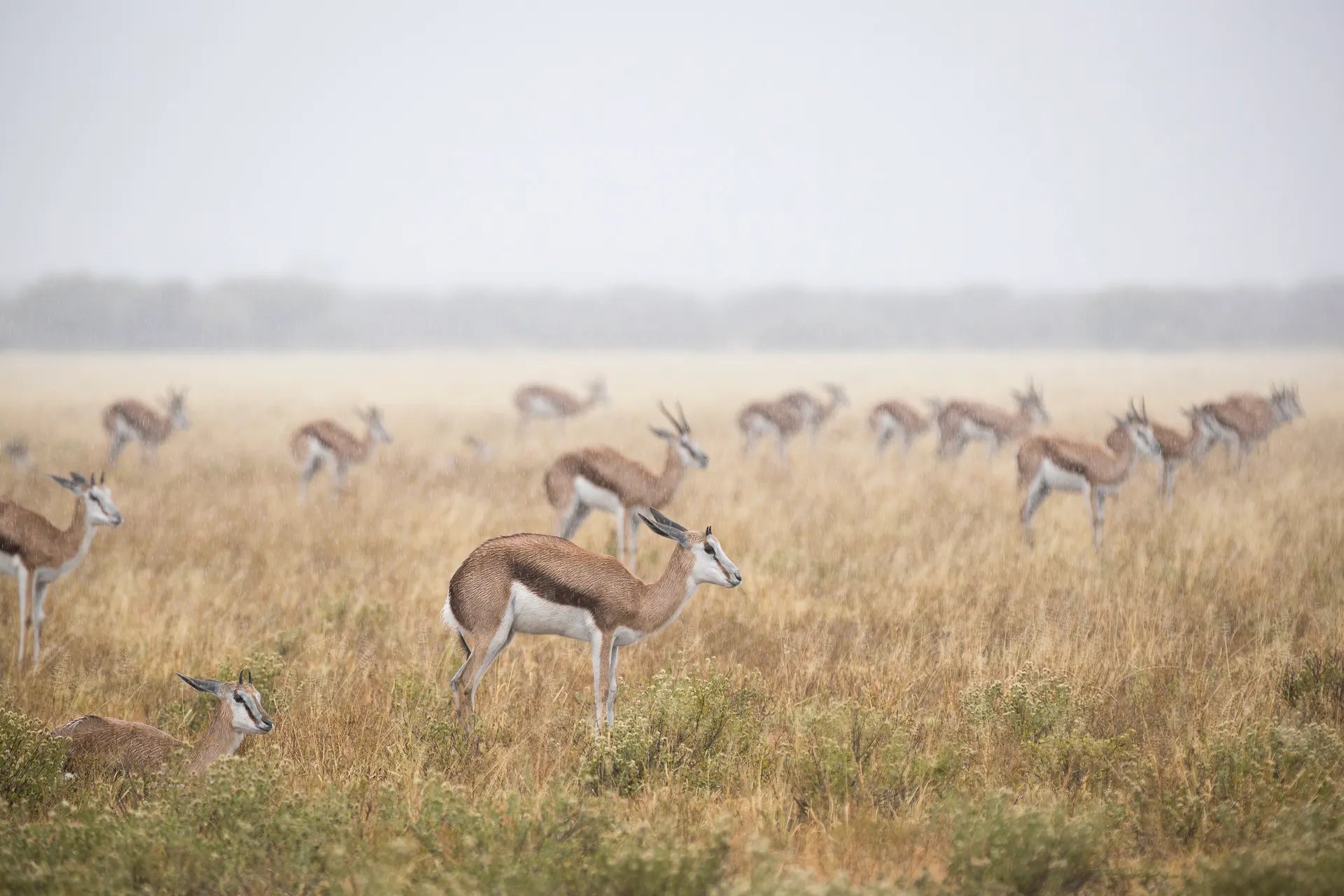Explore the Sierra de Andùjar, home to one of the world’s rarest cats
Nestled in the heart of Andalusia, Spain, the Sierra de Andújar Natural Park is a paradise for nature and wildlife lovers. Covering over 74,000 hectares, this stunning landscape boasts rolling hills, dense oak forests, and serene river valleys. Renowned for its rich biodiversity, the park is one of the last strongholds of the critically endangered Iberian lynx.
Let’s take a trip back in time for a moment. Did you know that the name Spain actually comes from the Roman term Hispania, which in turn comes from the Phoenician term ishapan. When the Phoenicians settled along the southern coast in the 11th century BC, with Cádiz (Gades) being their most famous colony, they called the region “land of the hyraxes” (ishapan), mistaking the abundant rabbits for hyraxes. Isn’t that fascinating?
Did you know?
Despite its cat-like appearance, the Iberian lynx (Lynx pardinus) is more closely related to a tiger than a domestic cat. They split from the tiger, lion, jaguar and leopard lineage 3–4 million years ago, while domestic cats diverged 10–15 milion years ago.
The Iberian lynx is the apex predator in its ecosystem. Their hunting success rate is pretty impressive: 60–70%, which is even more remarkable when compared to the top predator of Africa, the lion, with only a 20–30% success rate.
You might be wondering why I’m writing about rabbits. Well, they’re vital to the lynx, being their main prey. About two decades ago, the Iberian lynx was on the brink of extinction due to poaching, habitat loss, and diseases such as myxomatosis, which wiped out rabbit populations. Conservation efforts have since focused on habitat restoration, disease management, and increasing the rabbit population. Thanks to these efforts, the Iberian lynx population has grown from just a few dozen individuals to over 2000 today.
Despite the growing number of lynxes, spotting them in the wild remains quite challenging – but it’s well worth the effort! After spending hours patiently waiting, we were finally rewarded with some truly amazing sightings. And thanks to the rain, the landscape was teeming with flowers, adding vibrant colours to the scenery. These enchanting encounters provided plenty of opportunities for photography, allowing me to capture fleeting moments of beauty that will forever be etched in my memory.
One of the most memorable moments was seeing a mother lynx with her three adorable two-month-old cubs. A truly special experience, despite the distance, the long hours of waiting and the few minutes of visibility. The interaction between mother and cubs and the playful little fluffies left a lasting impression on us – pure magic!
Below, you’ll find a selection of my favourite shots captured during this journey, along with some behind-the-scenes snapshots. I hope you enjoy them.
some behind-the-scenes snapshots
